A Model Student and His View of Education
I was impressed with what a fine and wise fellow Corbett was. My impression was based on reading most of his books as well as the comments of others regarding Corbett. But then I realized I had missed one of his books, his last. The event that that book covered was classic. After eating a marvellous meal of Corbett faire, his final book, Treetops, was like a dessert that turned a perfect meal into a once in a life time experience.
I am interjecting a page about a “poster boy student of The Big School”. I feel that he had insights that were even greater than he himself realized.
He had a capsule story in one of his books that I feel describes the difference between good and poor students of life. His operating style put him in a position to comment on the topic. He knew how to be a good student! When education is being discussed, it is worth pausing and giving some consideration to Jim Corbett.
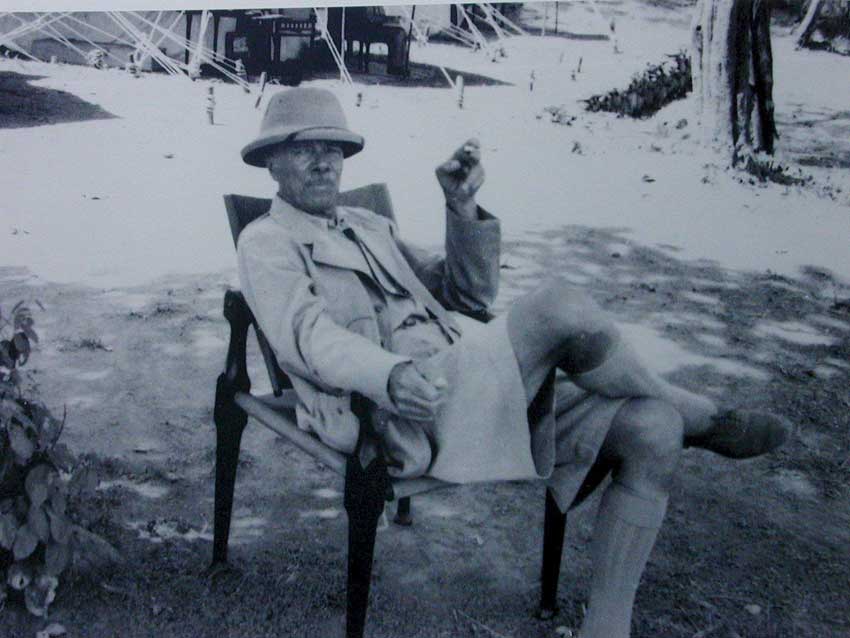
Jim Corbett lived in the back woods of the earth and for most of his life few people, other than those who came directly in contact with him, were even aware of his existence. But when he was well past 60 years, he launched out on an altruistic fund raising project that gave him a worldwide audience. He wrote a book that had wings. Corbett was far from being a grandstander. The Real Corbett simply had an appeal and thankfully he wrote about his life’s experiences and observations and others realized that he had something of importance to say. His mind, his words, his actions, his legacy, his life; were admirably integrated and solid.
His books are classics and I had the good fortune to have had contact with his first book, Man-Eaters of Kumaon, when I was quite young. Likely my English grandfather had the book in his collection. He was not alone. I understand that Ernest Hemingway had a collection of Corbett’s books and thought highly of Corbett.
When my own children were an age where I was looking for books to read them I secured the Kumaon book and was so impressed that I eventually secured all of Corbett’s books and read them all to the children – but I likely got more out of the books than they did. I hope I have grandchildren so I can repeat the process!
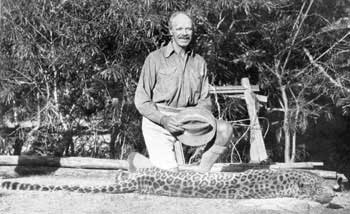
Here Corbett is pictured with the Leopard of Rudraprayag. Corbett, between the ages of 32 and 36, hunted down three man-eating cats. The three had killed well over 800 people between them. The task was no small achievement as others had tried to execute the killers but without success. Conditions were highly in favour of the cats and it was a tough call as to who was the hunter and who was the hunted. Corbett commented on the situation; “Fear may not be a heritage to some fortunate few, but I am not of their number. After a lifelong acquaintance with wild life I am no less afraid of a tiger's teeth and claws today than I was the day that a tiger shooed Magog and me out of the jungle in which he wanted to sleep. But to counter that fear and hold it in check I now have experience that I lacked in those early years. Where formerly I looked for danger all round me and was afraid of every sound I heard, I now know where to look for danger, and what sounds to ignore or pay special attention to. And, further, where there was uncertainty where a bullet would go, there was now a measure of certainty that it would go in the direction I wanted it to. Experience engenders confidence, and without these two very important assets the hunting of a man-eater on foot, and alone, would be a very unpleasant way of committing suicide.”
I mentioned earlier the probability of winning a large US lottery as being comparable to getting struck by lightning while riding a bicycle while leading the Tour de France. Of course the nature of lotteries assures that there has to be one winner but I doubt that anyone has ever been struck by lightning while leading the Tour de France.
Well, Corbett’s Treetops experience would seem to be even more unlikely than having a champion cycle racer zapped. Corbett had spent many hours of his life sitting in trees while he attempted to eradicate man-eating cats, all without bounty or pay. That such an altruistic and fine fellow should cap his life with the Treetops experience seems beyond belief. He was a winner already. How can the story get better!
Corbett had spent most of his life in India but on February 6, 1952 he was living in Kenya and had been invited to be one of 8 people who would spend less than a day at the Treetops “hotel” near Nyeri, Kenya, two of the party being Princess Elizabeth and Prince Phillip. Corbett was 76 years old. He would be dead in 3 years. He had smoked all his life and his lungs were not in good shape. No doubt he was amazed at the honour of being invited to such a gathering.
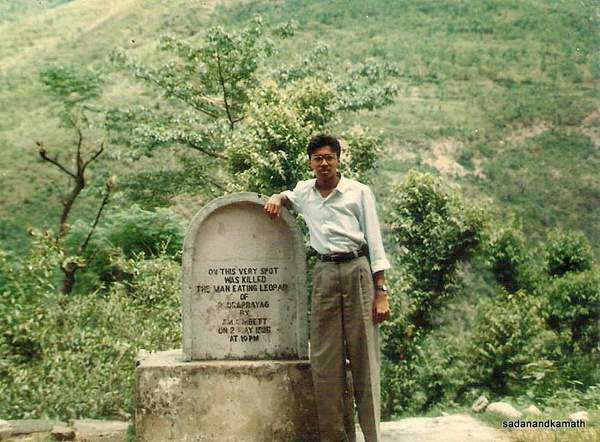
The leopard shown in the above photo was the Rudraprayag Leopard which had killed 125 people over an 8 year period. The locals were very appreciative. A plaque marks the spot of the kill which Corbett achieved in 1926..
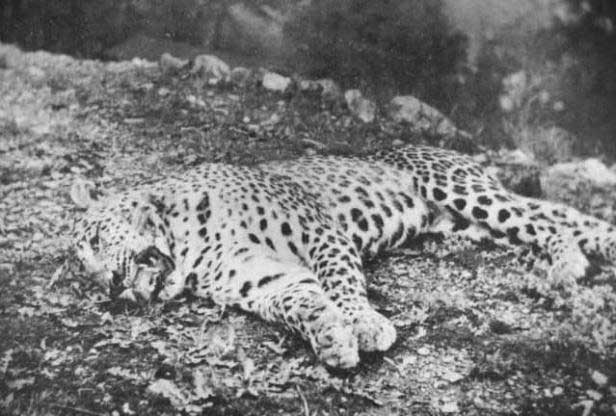
The Panar leopard killed about 400 people prior to Corbett shooting it in 1910. Between 1907 and 1938 Corbett shot 12 man-eaters. 1500 victims had been killed by the dozen cats. In many cases, during the suspenseful hunts, Corbett’s life hung on his luck and skill. It was not a case of setting out a saucer of milk and blasting the kitty when it came to drink!
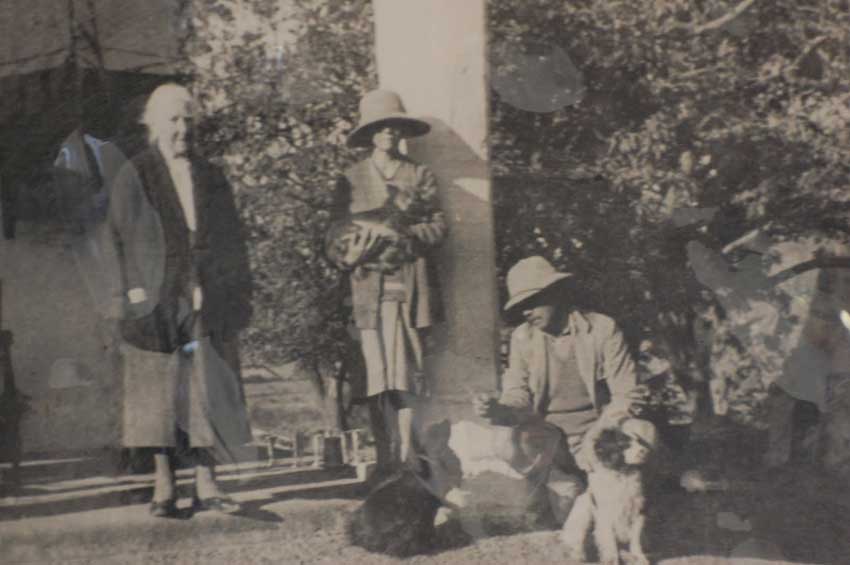
Corbett was from a family of 9 children and his father died when Corbett was very young. Pictured is his mother and his sister Maggie who was his proof reader for his books. Corbett's dog Robbin is also in the shot.
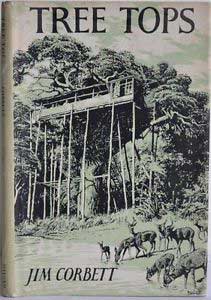

Princess Elizabeth and Prince Phillip leave London for a trip to New Zealand and Australia by way of Kenya. The King is too ill to go on the trip but there is no reason to think he is near death.
There were no body guards apart from Prince Phillip, Eric Walker, the owner of Treetops, and Michael Parker, Phillip’s personal secretary. An African house boy, Pamela Mountbatten, and Bettie Walker made up the rest of the party of 8. Corbett was uneasy about nationalist Mau Mau terrorists and spent the night of February 6 sitting at the top of the ladder to the tree house, with his rifle at hand.
In the morning, the Royal Party left and it was only later that news arrived that King George had unexpectedly died during the night. The unusual timing impacted Corbett greatly. And to add to the impact, we are not talking about just anyone making the transformation from princess to queen, in a tree house, under the guard of an old man – we are talking about THE foremost royal family on the planet and we are talking about a man with a long and highly unusual life story up to that point; a life story that matched him to the moment. Talk about an unlikely and highly positive situation.
Treetops was destroyed by Mau Mau terrorists shortly after the visit by Elizabeth. The houseboy who assisted during the visit was not seen again after the attack
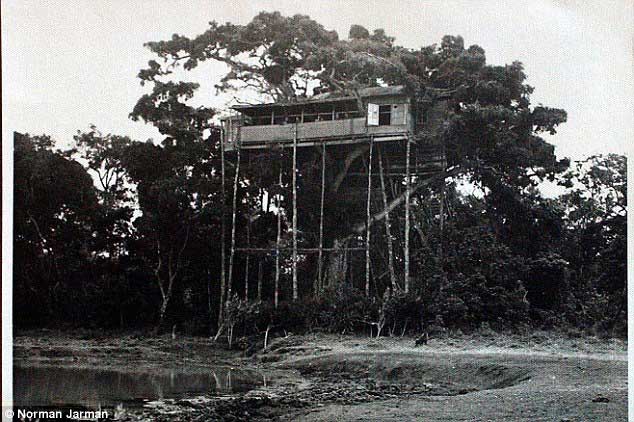

Treetops was owned by Eric Walker who also owned the Outspan Hotel in nearby Nyeri. Boy Scout founder Robert Baden-Powell lived in a house at the Outspan and was buried nearby after his death in 1941. Corbett and his sister Maggie moved into the Baden-Powell house until Corbett’s death in 1955.
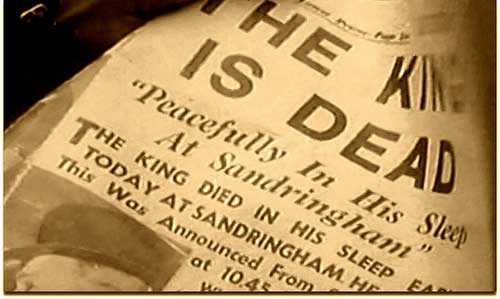
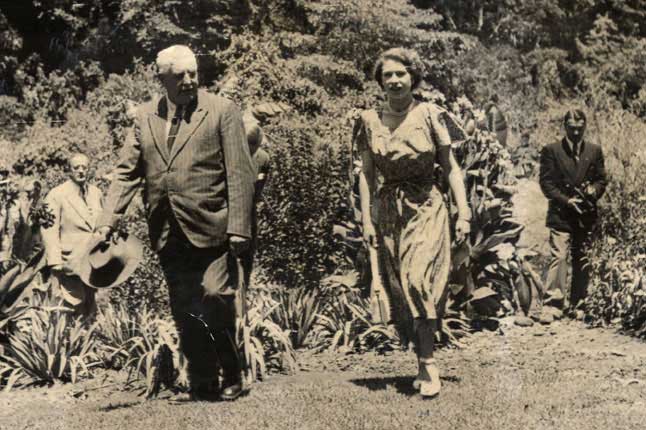
Elizabeth received news of her father’s death at Sagana Lodge, the morning after the Treetops sleepover.
Here is Corbett’s capsule statement on student style;
I have emphasized elsewhere that jungle lore is not a science that can be learnt from textbooks, but that it can be absorbed a little at a time, and that the absorption process can go on indefinitely, for the book of nature has no beginning, as it has no end. Open the book where you will, and at any period of your life, and if you have the desire to acquire knowledge you will find it of intense interest, and no matter how long or how intently you study the pages, your interest will not flag, for in nature there is no finality.
Today it is spring, and the tree before you is bedecked with gay bloom. Attracted by this bloom, a multitude of birds of many colours are flitting from branch to branch, some drinking the nectar from the flowers, others eating the petals, and others again feeding on the bees that are busily collecting honey. Tomorrow the bloom will have given place to fruit and a different multitude of birds will be in possession of the tree. And each member of the different multitudes has its allotted place in the scheme of nature. One to beautify nature's garden, another to fill it with melody, and yet another to regenerate the garden.
Season after season, year after year, the scene changes. A new generation of birds in varying numbers and species adorn the tree. The tree loses a limb - torn off in a storm - gets stack headed and dies, and another tree takes its place; and so the cycle goes on.
The knowledge you absorb today will be added to the knowledge you will absorb tomorrow. The amount of knowledge you ultimately accumulate will depend on your capacity for absorption, not on any fixed standard. At the end of the accumulating period - be that period one year or fifty - you will find that you are only at the beginning, and that the whole field of nature lies before you waiting to be explored and to be absorbed. But be assured that if you are not interested, or if you have no desire to acquire knowledge, you will learn nothing from nature.
I walked with a companion for twelve miles through a beautiful forest from one camp to another. It was the month of April and nature was at her best. Trees, shrubs, and creepers were in full bloom. Gaily coloured butterflies flitted from flower to flower, and the air, filled with the scent of flowers, throbbed with the song of birds. At the end of the day my companion was asked if he had enjoyed the walk, and he answered, 'No. The road was very rough.'
I was travelling, shortly after World War I, from Bombay to Mombassa in the British India liner Karagola. There were five of us on the upper deck. I was going to Tanganyika to build a house, the other four were going to Kenya - three to shoot and one to look at a farm he had purchased. The sea was rough and I am a bad sailor, so I spent most of my time dozing in a corner of the smoke room. The others sat at a table nearby playing bridge, smoking, and talking, mostly about sport. One day, on being awakened by a cramp in my leg, I heard the youngest member of the party say, 'Oh, I know all about tigers. I spent a fortnight with a Forest Officer in the Central Provinces last year.'
Admittedly two extreme case, but they well serve to emphasize my contention that if you are not interested you will see nothing but the road you walk on, and if you have no desire to acquire knowledge and assume you can learn in a fortnight what cannot be learned in a lifetime, you will remain ignorant to the end.
At a young age, Corbett had been influenced by a superstitious, story telling adult, to be worried about banshees. One day when he was in the jungle and was caught by an unexpected storm, he heard an unearthly howling sound that he had no explanation for other than it being a banshee. He fled for home, feeling guilty that he might bring the curse of the banshee on his family, but after the storm passed, he decided to return to the spot where he heard the unusual sound. He was scared but inquisitive and he discovered two trees that rubbed when there was wind. In analysing his life, from the vantage point of old age, he looked back and identified that moment as a time he learned to try to explain anything that puzzled him.
Corbett had the capacity to work and learn and adapt and apply the things he learned to produce an altered life style. He had a thinking flexibility and a practical connection to his surroundings and to others that is somewhat uncommon.
His comments about ”jungle lore” and “the book of nature”, I feel can just as accurately be applied to “life”. Corbett lived a grass roots life with his mind attentive to details around him. The approach yielded results. His books are a gold mine of wisdom and life style success. Despite his isolation from formal educational opportunities, he made dramatic use of his 80 years and had the capacity to pass on some of his lessons. His books are readily available as well as commentaries from those who knew him. I have used his story about “learning”. You are free to enjoy the rest of his writings!
In many ways, his books can be seen as educational manuals that explain complex issues in simple terms. His books are similar to the Upton/Edison event I mentioned earlier. Corbett generated all his books after age 64, via a manual typewriter, and with the secretarial help of his sister. He wasn’t backed by a media, business, religious, nor political force. He was just an attentive and involved individual – an individual like you or me. He was little Jim Corbett – a great student!
His legacy is one of an honest man, respected by those who knew him, regardless of their social class or race. He didn’t exploit others. He helped others. He managed his life well and didn’t make trouble for others. He left an inspiring example behind without detracting baggage.
In my push to convince readers that we live in The Big School, I hold Corbett up as an inspirational example. Surely everyone can gain by being interested in everything that happens around them and by trying to explain and make sense of our personal life experiences. We have no shortage of study material!
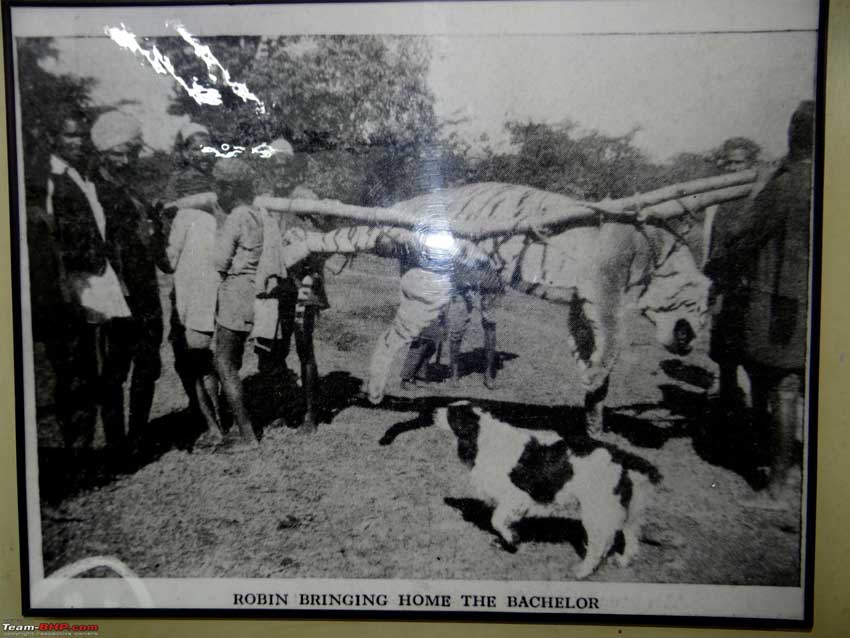
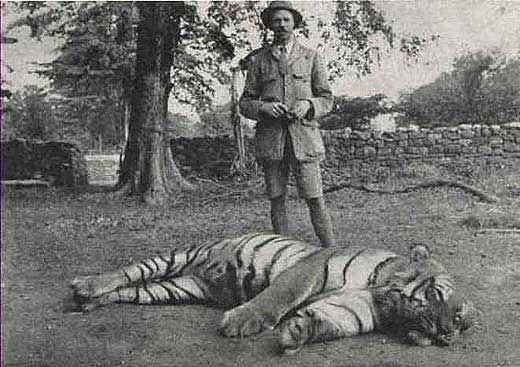
Corbett was pressured to shoot the Bachelor of Powalgarh due to the concern of locals that the huge tiger would destroy their livestock. The hunt proved to be rather dangerous as the Bachelor was one tough animal. Shortly after this hunt, Corbett became much more hesitant about shooting animals and became an advocate for conservation.
The Bachelor was one of the largest tigers recorded.
In 1900 it was felt that there were 40000 tigers in India. In 1973 it is estimated that there were 2000. Corbett started hunting as a youth, at a time the game repopulated quicker than hunters shot animals. But by the early 1930s, Corbett realized that there was a problem and became an advocate for restraint. He became an early conservationalist at a time that the thinking was not popular.
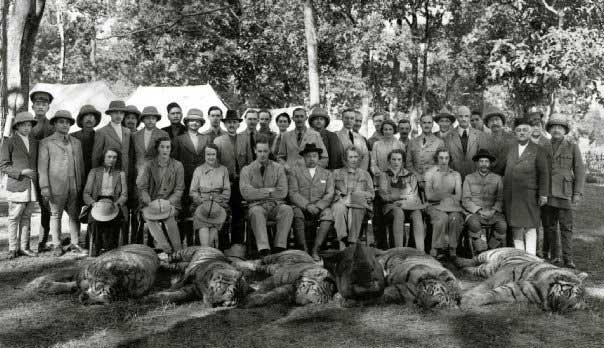
The people of India had high regard for Corbett who in turn had great respect for them. I believe the two “comic book” pages were produced in India. Over the many years when Corbett supervised a railway shipment center in India, his dealing with staff was admirable – he was a benefit to them, not an exploiter, and the staff loved him for his style..
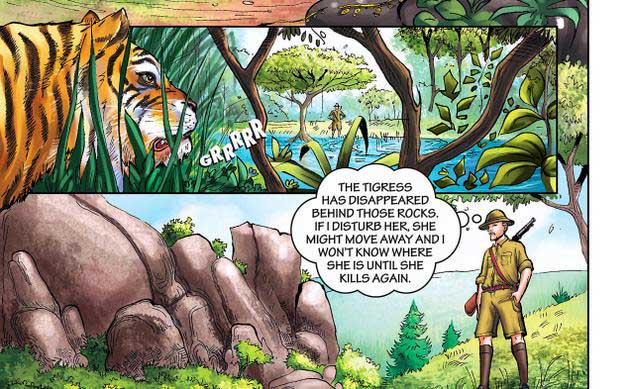
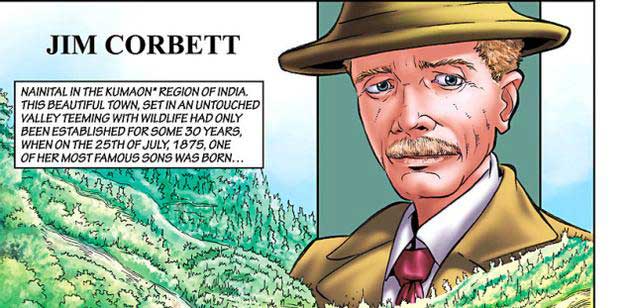
Charles Kettering lived at the same time as Jim Corbett – 1876-1958. Kettering was a marvel and an inspiration to those in contact with him. A study of his life is an inspiration. It is interesting to compare Kettering to Corbett. Kettering was a brilliant inventor and an organizational man, far more influential and well known than Corbett. He had a saying “It isn’t the things we don’t know that get us into trouble – it is the things that we are sure are true but actually aren’t, that cause major problems.” Kettering unknowingly left two bits of baggage behind – Freon 12 and Tetra Ethyl Lead, both products that seemed like miracles at the time of their development. Did Corbett or Kettering leave a better legacy?
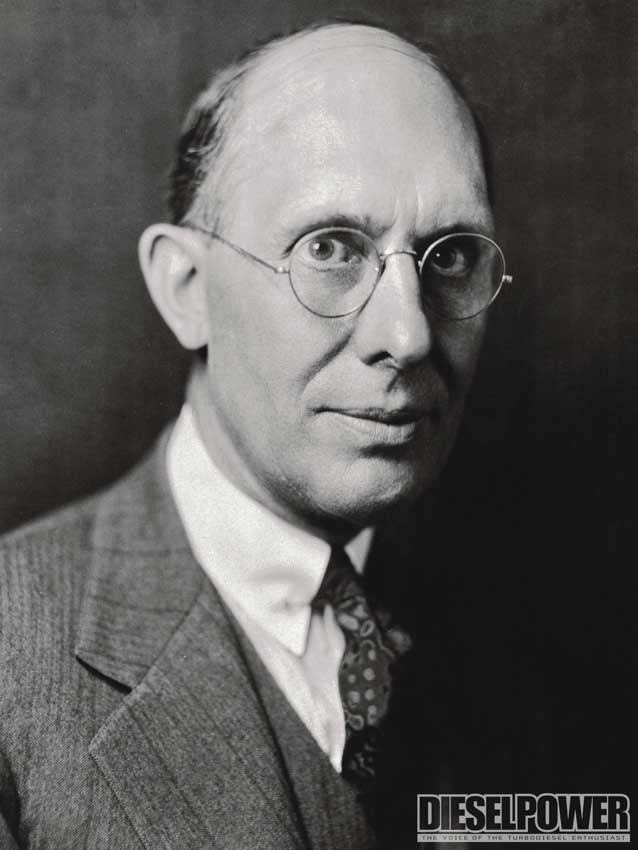
Freon 12 made the household refrigerator practical. One of Kettering’s aides, Thomas Midgley, would breath in the gas and then blow out a candle with it. The lesson: non poisonous and non flammable! The development of the gas seemed like a dream come true. Midgley also helped develop Tetraethyl lead, again in association with Kettering. He used similar promotional tricks as he had with Freon 12 but the results weren’t quite as positive. There was immediate evidence that Tetraethyl lead had problems as well as benefits. A study of Midgley’s life and death tell an interesting and somewhat tragic story.



